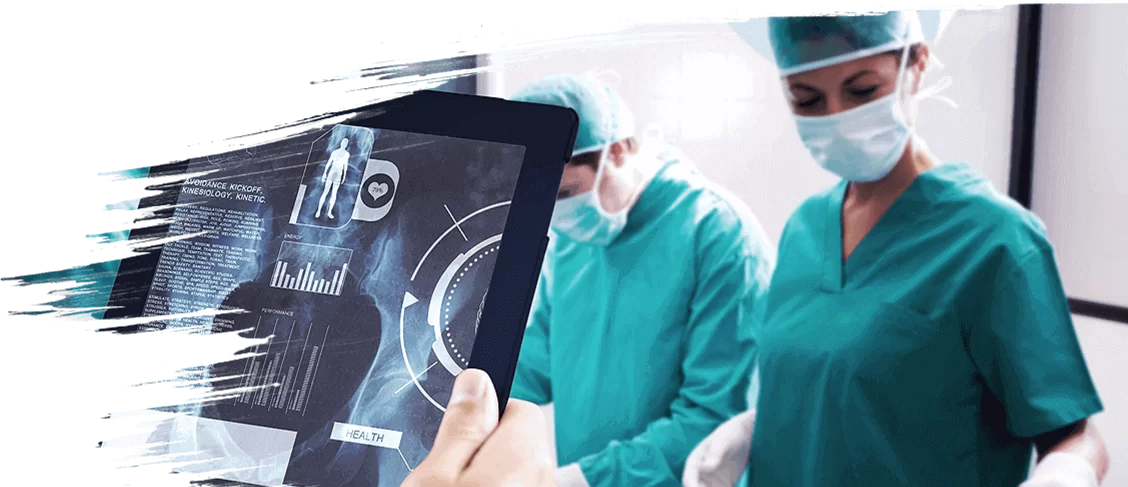POST-OPERATIVE GENERAL INFORMATION
Arthroscopic Shoulder Surgery
- You will have a wrap around your shoulder after coming out of surgery. AFTER 72 HOURS, You may remove this wrap, leaving the small, steri strips in place. Leave these on until follow-up. If they fall off, place a bandaid over the incision.
- Keep the incision dry. You may shower if you can keep it dry at all times. We recommend covering it with plastic wrap. (Glad press’n seal works well for this).
- You will be sent home with an ice pack. This should be used as much as tolerated for the first week. Do not place it directly on your skin. It will help with both pain and swelling.
- Do not place any lotions or ointments on your incisions until instructed.
- It is difficult to wash your underarm after surgery, especially in the first week. Keep a washcloth or towel in your underarm to avoid getting a rash. If you do develop a rash, please call the office. We can give you a powder for this.
- Unless told otherwise, you are to keep your sling and bolster on at ALL times. This includes sleeping. Some people find it more comfortable to sleep in a lounger.
- If you come out of surgery without the bolster part of your sling (the large black foam pillow that props up your arm) then Dr. Ramirez has decided that you do not need to wear it. You may keep it or dispose of it, but do not wear it at this time.
- You will be given further instructions on physical therapy on your first post-operative visit. Until then, no PT is necessary. DO bend and straighten your elbow, wrist and hand a few times daily starting on the first post-operative day (unless you receive explicit instructions against this). The little red ball that is attached to your sling can be used to exercise your fingers.
- If you are having pain despite taking the pain medication, you may try over the counter Extra-Strength Tylenol in addition to your narcotic pain medicine. This can act as an adjuvant medication. Please do not take any NSAIDs (Advil, Aleve, Motrin) unless instructed, as this can delay healing.
- Please remember that every patient is different. These are the guidelines that cover the majority of cases, but Dr. Ramirez will tell you any additional specific instructions that he deems appropriate after your operation. Please call with any questions.

